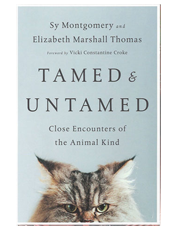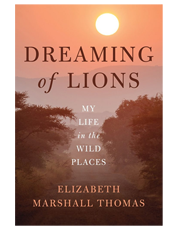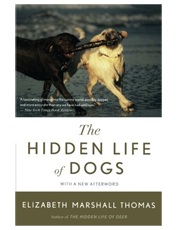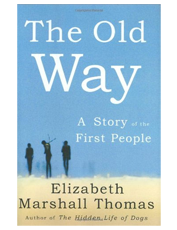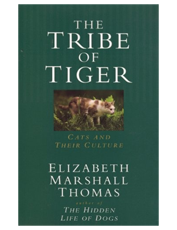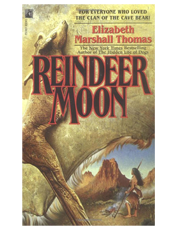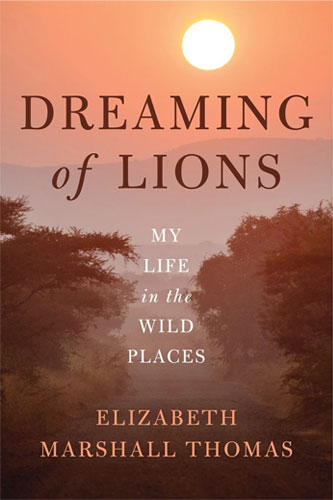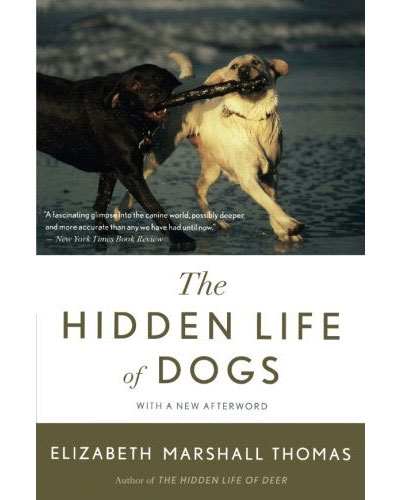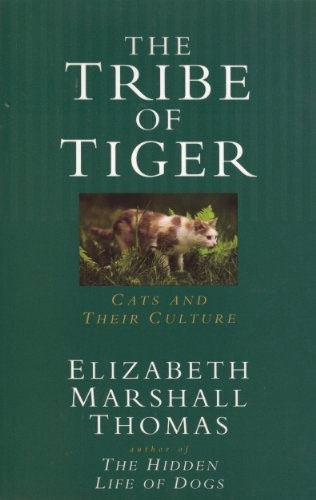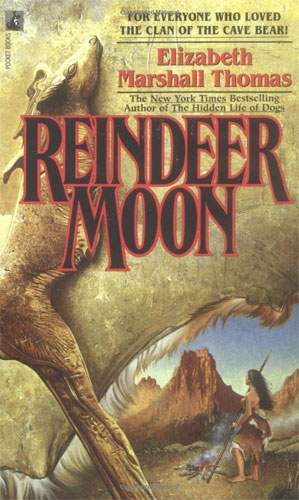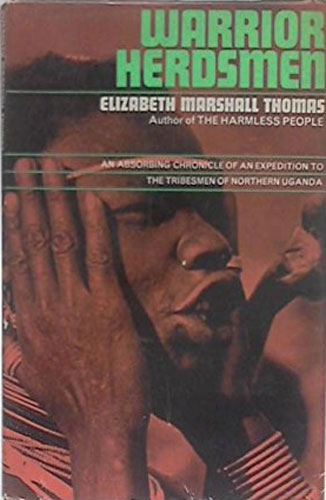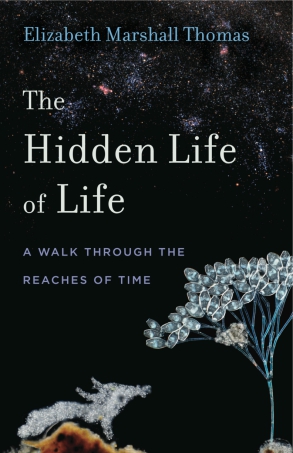TAMED and UNTAMED
Close Encounters of the Animal Kind
Now available as an audio book, read by the authors!
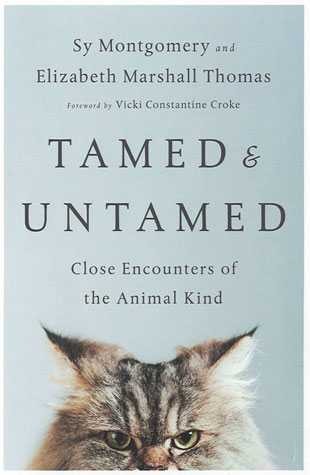 ISBN-13: 9781603587556 Publisher: Chelsea Green Publishing date: 10/04/2017 Pages: 224 Product dimensions: 5.5 x 8.5 inch
ISBN-13: 9781603587556 Publisher: Chelsea Green Publishing date: 10/04/2017 Pages: 224 Product dimensions: 5.5 x 8.5 inch
Tamed and Untamed―a collection of essays penned by two of the world’s most celebrated animal writers, Sy Montgomery and Elizabeth Marshall Thomas―explores the minds, lives, and mysteries of animals as diverse as snails, house cats, hawks, sharks, dogs, lions, and even octopuses.
Drawing on stories of animals both wild and domestic, the two authors, also best friends, created this book to put humans back into the animal world. The more we learn about what other animals think and do, they explain, the more we understand ourselves as animals, too. Writes Montgomery, “The list of attributes once thought to be unique to our species―from using tools to waging war―is not only rapidly shrinking, but starting to sound less and less impressive when we compare them with other animals’ powers.”
With humor, empathy, and introspection, Montgomery and Thomas look into the lives of all kinds of creatures―from man’s best friend to the great white shark―and examine the ways we connect with our fellow species. Both authors have devoted their lives to sharing the animal kingdom’s magic with others, and their combined wisdom is an indispensable contribution to the field of animal literature.
 Authors, Sy Montgomery & Elizabeth Marshall Thomas
Authors, Sy Montgomery & Elizabeth Marshall Thomas
Library Journal-
“Best-selling authors and best friends, naturalists Montgomery (The Soul of an Octopus) and Thomas (The Hidden Life of Dogs), partner on this engaging collection adapted from their joint columns from The Boston Globe. The essays explore the minds, lives, intelligence, and mysteries of wild and domestic animals. Both have spent most of their lives studying and researching animal behavior and share a worldview that questions a human-centric sense of superiority, as reflected in their insightful essays. Some impressions come from their respective New Hampshire surroundings, which include their own dogs and cats, deer, mice, chickens, slugs, and worms. They also share observations of animals seen on their various international research trips including pink dolphins, lions, hyenas, and hyraxes (a small African mammal). Reflections on love among octopuses, the death of a dog, and a visit from a Christmas ermine are quietly eloquent. VERDICT: Armchair and active naturalists will enjoy and learn from the authors’ enlightened perceptions on the intricate relationship between humans and animals in this thought-provoking collection.”
Excerpt from BOOKCONSCIOUS, Deb Baker
“…If you’ve read any of Elizabeth Marshall Thomas‘s and/or Sy Montgomery‘s books you know they have much in common and that they refer to each other (and each other’s animals) in their writing. What I didn’t know until I read Vicki Constantine Croke‘s forward to Tamed & Untamed: Close Encounters of the Animal Kind is that they became friends when one of Sy’s ferrets bit Thomas. Croke explains, “The essays here are mostly collected and adapted from their joint column in The Boston Globe . . . .” Croke goes on to say, “They are, one might say, the kettle corn of nature writers,” by which she means they are “sweet” but share “a real saltiness to their skepticism.”
Whether you’ve read some of these essays before or not, this spirit, which Croke alludes to and which shines through both women’s writing, is a pleasure to encounter or re-encounter. Their lovingly writing on everything from snakes to dogs is accepting of animals as our equals in many ways (and our betters, as Sy explains, in others. Can you re-grow a limb?), and yet they are ready to zap irrational human arguments about mistreating or disrespecting animals. Both Thomas and Sy deploy warmth and wit, philosophy and science. They share stories of animals they have observed or loved, and they question much of the habits of thought and misinformation that lead us to flawed human-animal relations.
Thomas writes, “Our species is just one in 8.7 million. How many of these can we name? How many do we know or understand?” If you read this collection you will know about some of them, you will learn to look at things through animal eyes, and you may be less quick to judge (or misjudge, really) what seems like contrary or mis-behavior but which is understandable if you try to think from the animals’ perspectives. And if you love animals you will feel a kindred sense of understanding with these authors who have between them done so much to advance human understanding of both the wild and domestic creatures we are so fortunate to share this planet with. You’ll also be amazed — even the most devoted naturalist is going to learn something from this book. Have you ever heard of water bears? Me neither. And now I am dying to know more! Did you know that rats laugh, we just can’t hear the frequency? Me neither, but it makes me want to re-read Charlotte’s Web. E.B. White was brilliant in many ways but I wonder if he was tuned into rat frequency?….”
Praise from other authors:
“In their writing and in their lives and in their remarkable friendship, Liz and Sy break down false barriers and carry us closer to our fellow creatures.” —from the foreword by Vicki Constantine Croke, author of Elephant Company
“Two kindred spirits treat animals as they ought to be treated, with understanding, knowledge, and humor. These well-crafted essays are a pleasure to read and make you marvel at our fellow travelers on this planet.”—Frans de Waal, author of Are We Smart Enough to Know How Smart Animals Are?
“Are humans the ultimate species? Nope, not according to these authors. Water bears are: They have been around for 500 million years and will survive after we destroy the planet. Will chickens in your backyard sooner or later give you a name? Do eels dream? Can an octopus have a sense of humor? Read and learn. This is an absolutely enchanting book that anybody who loves animals will not only want to own but also to give to good friends. It is full of precious lines and deep wisdom, and there is a delicious sense of humor throughout. The authors constantly bring us back to the recognition that we are just one among millions of remarkable animals, each one worthy of study and deep admiration, the kind these very authors accord them.”—Jeffrey Moussaieff Masson, author of Dogs Never Lie About Love; coauthor of When Elephants Weep
“Two of the most tuned-in people in the world have now given us these marvelous narratives of nonhuman beings living their lives on our shared planet. This is exactly what we need more of. We need to understand who we are here with. And, more and more urgently, to understand that we are not alone on our planet. As humans become more isolated and alienated, stories of other animals offer us our best chance for succeeding at being human.”—Carl Safina, author of Beyond Words: What Animals Think and Feel
“I cannot recommend highly enough this memorable collection of essays about the secret life of animals from two of the most thought-provoking, animal-savvy writers of this time, Sy Montgomery and Elizabeth Marshall Thomas. A must-read for anyone interested in all creatures great and small.”—Nicholas Dodman, DVM, author of Pets on the Couch; professor emeritus, Tufts University
“A beautifully written, fascinating compendium of essays about many species with whom we share our planet. Sy Montgomery and Elizabeth Marshall Thomas impart their insights into the behavior of a variety of nonhumans in this extremely informative and thought-provoking read.”—Irene M. Pepperberg, author of Alex & Me
“Tamed and Untamed is a beautiful duet between two of the world’s finest nature writers. These enchanting essays bring to life creatures both novel and familiar, from pink dolphins to domestic dogs, war elephants to garden slugs. Each chapter reveals a new animal mystery and adds to the menagerie of our minds.”—Abigail Tucker, author of The Lion in the Living Room
“Tamed and Untamed is a gem of a book. Written by two incredibly gifted writers, it’s a multicourse buffet of wonderful and thought-provoking stories about the surprising and wide-ranging intelligence, and deep and rich emotional lives of many different nonhuman animals. These eloquent authors weave solid science into their stories so that nonresearchers can well understand what is happening in the heads and hearts of the dogs, cats, rats, hawks, octopuses, and many other animals about whom they write. The bottom line is that we are not all that unique among the fascinating and diverse beings who are called ‘animals’ and with whom we share our magnificent planet. They, like this book, are gifts we must cherish.”—Marc Bekoff, author of Rewilding Our Hearts; coauthor of The Animals’ Agenda
“Who but Sy Montgomery could describe a hawk’s eyes as having ‘an intensity stronger than rage and brighter than joy’? Who but Elizabeth Marshall Thomas would take in a wild mouse, ‘sort of like helping a relative’? This is a book to cherish, full of enlightenment, curiosity, and admiration for all things animal. I loved it.”—Patricia McConnell, author of The Education of Will
Prior praise for Sy Montgomery, author of Soul of an Octopus and Good, Good Pig and finalist for the 2015 National Book Award:
“Equal parts poet and scientist.”
—The New York Times
“Part Indiana Jones and part Emily Dickinson.”
—The Boston Globe
“Sy Montgomery has insight into the Others that every nature writer on this continent envies.”
—Farley Mowat, author of Never Cry Wolf
Prior praise for Elizabeth Marshall Thomas, author of The Hidden Life of Dogs and Tribe of Tiger:
“We are lucky to have shared some time on Earth with Elizabeth Marshall Thomas. Like a shaman of words, she connects us as if by magic with other worlds hidden on our own planet.”
—Carl Safina, author of Beyond Words: What Animals Think and Feel
“Thomas has a magical feel for the patterns of the natural world . . . .”
—Publishers Weekly
One day I saw another magical thing happen in the tank. Thanks to the voltmeter, I was able to watch the eel dream.
Here’s what happened:
I was standing in front of the exhibit with Scott Dowd, the lead aquarist for the freshwater gallery, watching the eel resting motionless at the bottom of the tank.
“I think he’s asleep,” I said to my companion.
“Yes, that eel is catching some serious Zs,” he agreed.
Being hard-core fish enthusiasts, we continued to watch transfixed while the electric eel slept. And that’s when it happened: A big flash shot across the voltmeter display — and another, and another.
Electric eels hunt while swimming forward, wagging their heads to and fro, sending out electric signals that bounce back to them, sort of like a dolphin’s echolocation. But he was still motionless. So what was the flash for?
“I thought the eel was asleep!” I said to Dowd.
“He is asleep,” he replied.
We realized at once what we were almost surely witnessing. The electric eel was dreaming.
“It would appear that not only do men dream,” Aristotle wrote in “History of Animals,” “but horses also, and dogs, and oxen; aye, and sheep and goats. . . .” It was obvious: like most of us, Aristotle had watched sleeping dogs twitch their ears, paddle their paws, and bark in their sleep. Surely other animals dreamed as well.
But since Artistotle’s day, more “modern” thinkers denied that animals could dream. Complex and mysterious, dreams were considered the exclusive province of so-called “higher minds.”
As brain research advanced, however, researchers were forced to concede that Aristotle was right. Animals do dream. And now we are even able to glimpse what they dream about.
A researcher who studied zebra finches found that while awake, neurons in the forebrain fire when they sing particular notes. While the birds were asleep, he found that their neurons fired in the same order — as if they were singing in their dreams.
Since the 1960s, scientists have understood that our dreams happen during the Rapid Eye Movement (REM) phase of the sleep cycle. During this time, our muscles are normally paralyzed by the pons of the brainstem, so that we don’t act out our dreams. In 1965, researchers removed the pons from the brainstems of cats. They discovered the cats would get up and walk around, move the head as if to follow prey, and pounce as if on invisible mice — all while asleep.
By 2007, we would get an even more vivid picture of animals’ dreams. Massachusetts Institute of Technology scientists Matthew Wilson and graduate student Louise Kenway recorded the activity of rats’ brains while the animals were running a maze. Neurons fire in distinct patterns while a rat in a maze performs particular tasks. The researchers repeatedly saw the exact same patterns reproduced while the rats slept — and they saw this so clearly they could tell what point in the maze the rat was dreaming about, and whether an individual rat was running or walking in his dreams.
The rats’ dreams arose from the hippocampus, the same area in the brain that seems to drive humans’ dreams. It’s an area known to record and store memories, and further supports the notion that one important function of dreams is to help us remember what we have learned.
And of course, it’s important to a lab rat to remember the right way to run a maze. So if rats dream of running mazes, what do birds dream about?
Singing.
University of Chicago professor Daniel Margoliash conducted experiments on zebra finches. Like all birds, zebra finches aren’t born knowing their songs; they learn them, and young birds spend much of their days learning and rehearsing the song of their species. While awake, neurons in the forebrain known as the robustus archistrialis fire when the bird sings particular notes. The researcher was able to determine the individual notes based on the firing pattern of the neurons. While the birds were asleep, their neurons fired in the same order — as if they were singing in their dreams.
Much less work has been done on fish than on mammals and birds. No one has found REM sleep in fish — yet. But that does not mean they don’t dream. Interestingly, no one has discovered REM sleep in whales, either. But whales almost surely dream. They are long-lived, social animals with very big brains much like our own, and for whom long-term memory consolidation is crucial. And if you were looking for rapid eye movement in sleeping owls, you’d never see it — because owls’ eyes are fixed in their sockets. That’s why they need to turn their heads around, Exorcist-style. Yet owls’ brain waves show they dream, too.
Fish do sleep, however — that much is well known. And it’s been carefully documented that if zebra fish are deprived of sleep (because pesky researchers keep waking them up), they have trouble swimming the next day — just as a person would have trouble concentrating after a dreamless night.
What might an electric eel dream about? The voltmeter at New England Aquarium showed us the answer: hunting and shocking prey.


